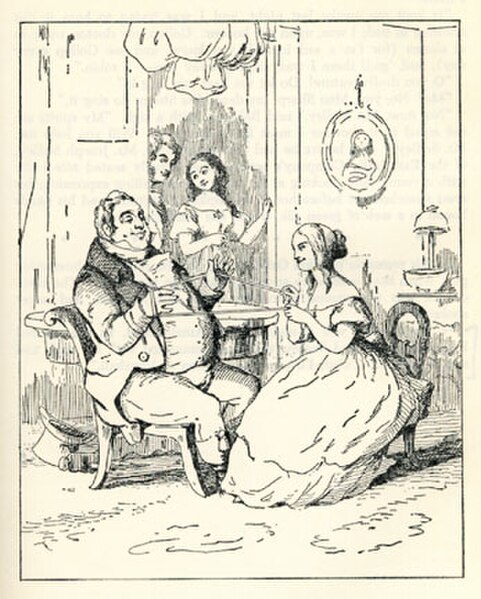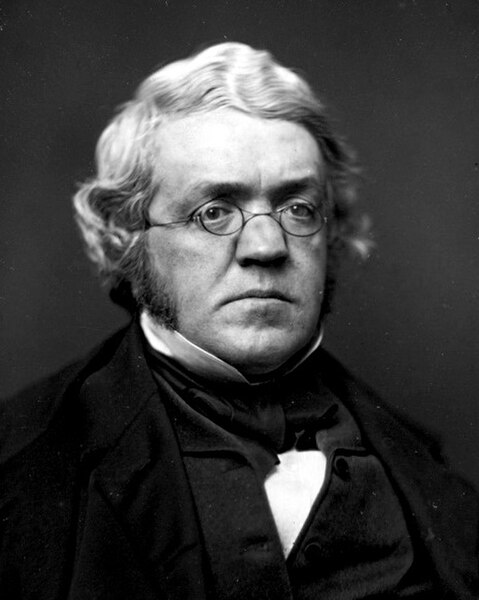Minnie Maddern Fiske, but often billed simply as Mrs. Fiske, was one of the leading American actresses of the late 19th and early 20th century. She also spearheaded the fight against the Theatrical Syndicate for the sake of artistic freedom. She was widely considered the most important actress on the American stage in the first quarter of the 20th century. Her performances in several Henrik Ibsen plays helped introduce American audiences to the Norwegian playwright.
"Mrs. Fiske: Love Finds the Way" by Zaida Ben-Yusuf (1896)
Fiske as a child; 1870s
Photograph by Fred Holland Day
Minnie Maddern Fiske
Rebecca "Becky" Sharp, later describing herself as Rebecca, Lady Crawley, is the main protagonist of William Makepeace Thackeray's 1847–48 novel Vanity Fair. She is presented as a cynical social climber who uses her charms to fascinate and seduce upper-class men. This is in contrast with the clinging, dependent Amelia Sedley, her friend from school. Becky then uses Amelia as a stepping stone to gain social position. Sharp functions as a picara—a picaresque heroine—by being a social outsider who is able to expose the manners of the gentry to ridicule.
Illustration by Thackeray to Chapter 4 of Vanity Fair: Becky Sharp is flirting with Mr Joseph Sedley.
Portrait photograph of Minnie Maddern Fiske as Becky Sharp, c.1910.
Daguerreotype photograph of William Makepeace Thackeray, author of Vanity Fair by Jesse Harrison Whitehurst.
Miriam Hopkins portraying the character in the film Becky Sharp.








